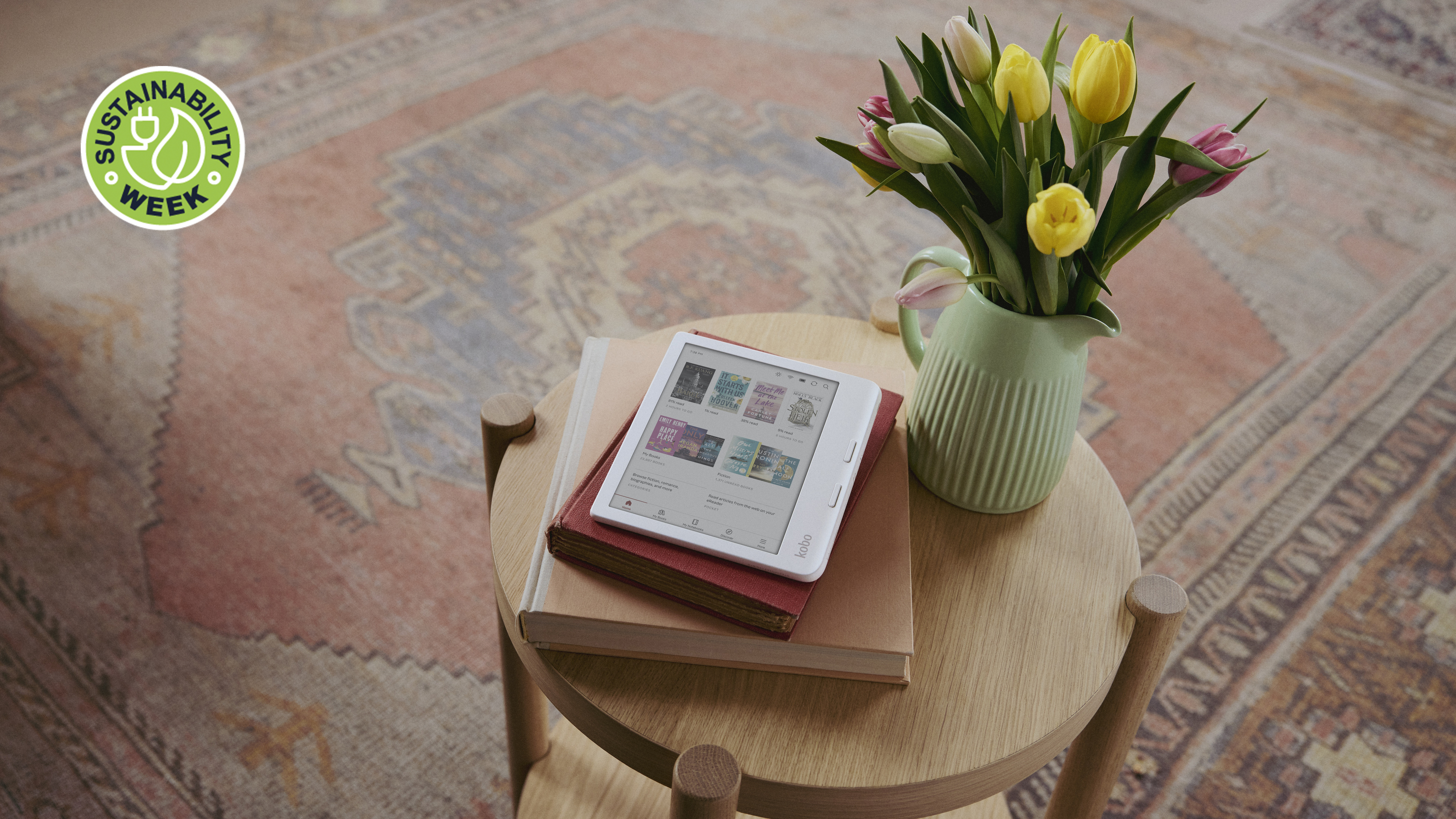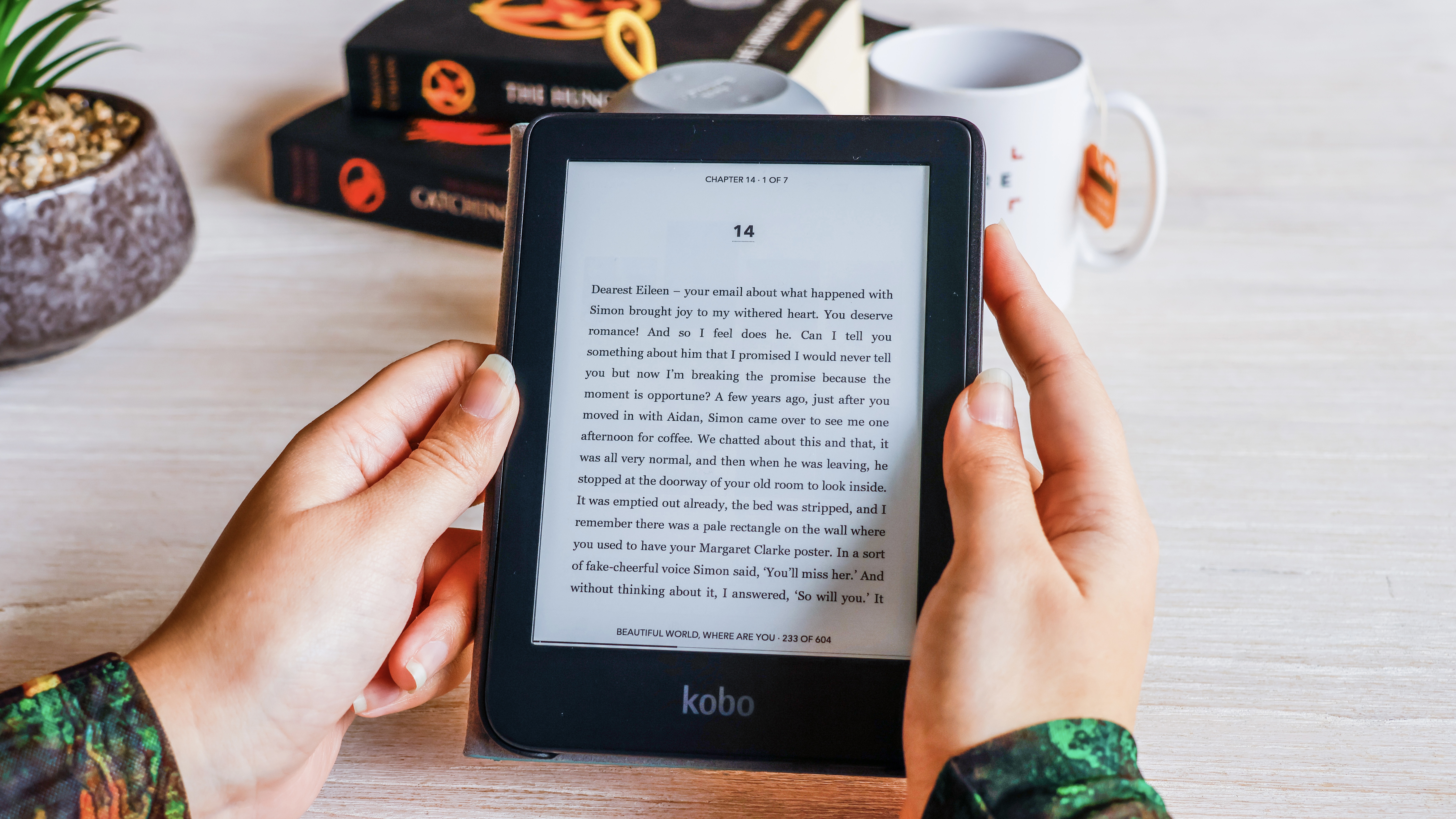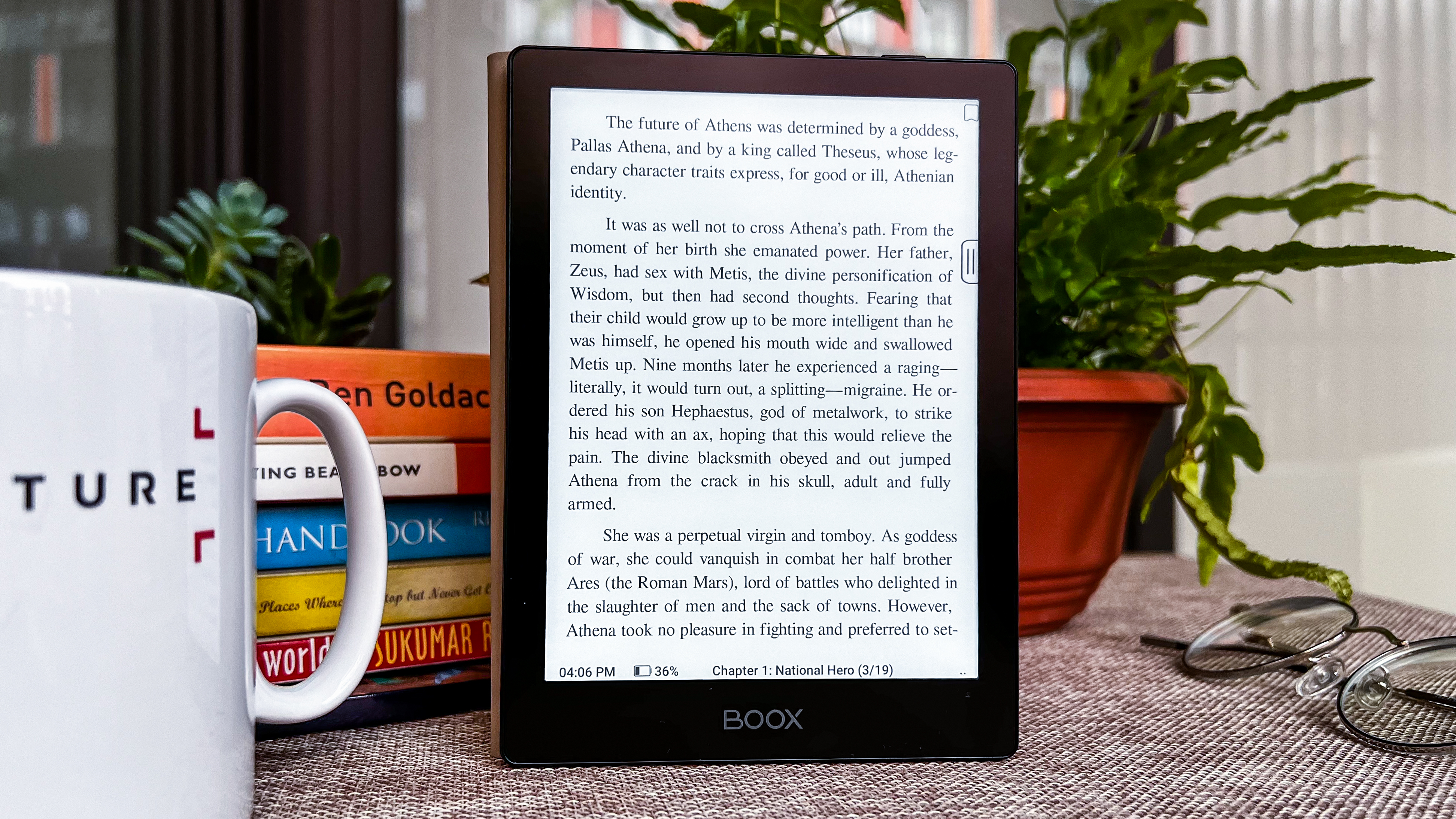Ebook vs paper: which reading medium is better for the environment?
Ereader makers have taken steps to make digital reading greener, but how sustainable is it?

Blame it on the digital age or on the Covid lockdown years, but the way we read has changed. We’re increasingly consuming books digitally, with several of us adopting ereaders instead of buying printed books. This change in behavior could be considered better for the planet – after all, no trees are getting destroyed to make said books.
That’s not the only reason to read ebooks. Did you know that about 26% of worldwide waste is paper and paperboard? Clearly we’re not all recycling as much as we should be. UK-based waste management company Business Waste has some interesting stats on how much paper we throw away, and it doesn’t even take into account all the paperbacks and text books we might be discarding. Sure, paper decomposes, but that takes 2-6 weeks and the ink could be poisoning our soil and groundwater.
On the other hand, manufacturing an electronic device arguably has a bigger carbon footprint. According to a New York Times report from 2010, a single ereader needs about 33 pounds of minerals and 79 gallons of water to make, and it has a limited lifespan.

Sustaining digital reading
Manufacturing processes may have changed since that report was published, and while I’m not saying they’re a sustainable process, there are some ereader makers trying to make a change.
Amazon’s 2022 Kindle was the first to be made using up to 75% recycled plastic in its body and up to 90% recycled magnesium. Amazon adopted a similar stance with the Kindle Scribe a little later that same year, with the larger note-taking ereader built with 48% recycled plastic and 100% recycled aluminum.
Life without a Kindle is like life without a library nearby.
Franz McLaren, Author (Home Lost)
Japanese-Canadian brand Kobo, however, is making ereading even more sustainable. The first tablet it released that used recycled materials was the Kobo Clara 2E – the E moniker indicating its eco-friendly origins. According to Kobo, its body was 80% recycled plastic, 10% of which was ocean bound. It was the same with the Kobo Elipsa 2E as well. The company’s 2024 ereaders take it even further – the Kobo Libra Colour, Clara Colour and Clara BW not only use recycled plastics (including ocean-bound waste) in their bodies, but the packaging is 100% recycled and all the words and images printed on the boxes are soy ink, which is biodegradable.
Like other electronic devices, ereaders also have a limited lifespan – on average, a Kindle or a Kobo will give you 6-8 years of use, but several can exceed 10 years of use. Kobo, however, is trying to extend the life of its devices, with the 2024 models possibly becoming the most repairable ereaders available today. The brand has partnered with iFixit to make repair kits and instructions available to potential customers, although this initiative hasn’t gotten off the ground yet – the Libra Colour, Clara Colour and Clara BW are still in pre-order as of this writing.
Get daily insight, inspiration and deals in your inbox
Sign up for breaking news, reviews, opinion, top tech deals, and more.
I am yet to hear about other ereader brands, like Onyx and PocketBook, moving towards a greener future, but this is a good start, particularly from Kobo.

Kindle your (green) reading dreams
There hasn’t been much research done on which reading habit is more sustainable. There are a handful of studies, and a 2021 article published in the Journal of Library & Information Science Research tried to collate this information to determine whether ereading was more sustainable – the results were inconclusive. So, for the more environmentally conscious reader, which option do you choose?
Well, opting for one of the latest Kobo ereaders might be a good place to start and, despite some non-renewable materials being used to make it, a report from 2009 (via CNET) suggested using an ereader might be the greener option. At the time it was estimated that around 168kg of carbon dioxide was produced over the lifespan of a single Kindle DX, which was the most popular e-ink device back then.
Despite being a big number, it can offset about 1,074kg of CO2 produced if you were to buy just three print books each month over four years. Depending on how long the ereader lasted, it could compensate for up to 26,000kg of CO2 over its lifetime. Even if you aren’t a voracious reader, an ebook reader could still have a lower carbon footprint than paper books.
Until recently, I was an ebook sceptic, see; one of those people who harrumphs about the “physical pleasure of turning actual pages” and how ebook will “never replace the real thing”. Then I was given a Kindle as a present. That shut me up.
Charlie Brooker, Writer & TV presenter
There are other reading habits you can develop that would make digital reading a greener option than buying paperbacks. For starters, borrowing ebooks and digital magazines from the library instead of buying new titles in print not only means there’s less paper being used, but you’re also saving money on buying new books – digital or otherwise. That’s a win-win.
In the US, you can use your Kindle to borrow from a library; elsewhere, Kobo is your best option, with OverDrive baked into every model. You will need to check with your local library if they have OverDrive support, or borrowing directly from a Kobo device is a no go. You can, however, use the Libby mobile app if your library supports that.
If you’re someone who prefers to buy rather than borrow, an ereader becomes the more eco-friendly option if you read upwards of five 360-page hardback titles a year or around nine paperbacks. If you don’t read as much, then purchasing second-hand printed books is the better alternative.
No matter what reading format you choose, the most important thing is to dispose of the books or the device thoughtfully.
You might also like...
- Find the best ereader to suit your needs
- Kindle vs Kobo: how to choose between the two ereader brands
- How to buy books on a Kindle

While she's happiest with a camera in her hand, Sharmishta's main priority is being TechRadar's APAC Managing Editor, looking after the day-to-day functioning of the Australian, New Zealand and Singapore editions of the site, steering everything from news and reviews to ecommerce content like deals and coupon codes. While she loves reviewing cameras and lenses when she can, she's also an avid reader and has become quite the expert on ereaders and E Ink writing tablets, having appeared on Singaporean radio to talk about these underrated devices. Other than her duties at TechRadar, she's also the Managing Editor of the Australian edition of Digital Camera World, and writes for Tom's Guide and T3.